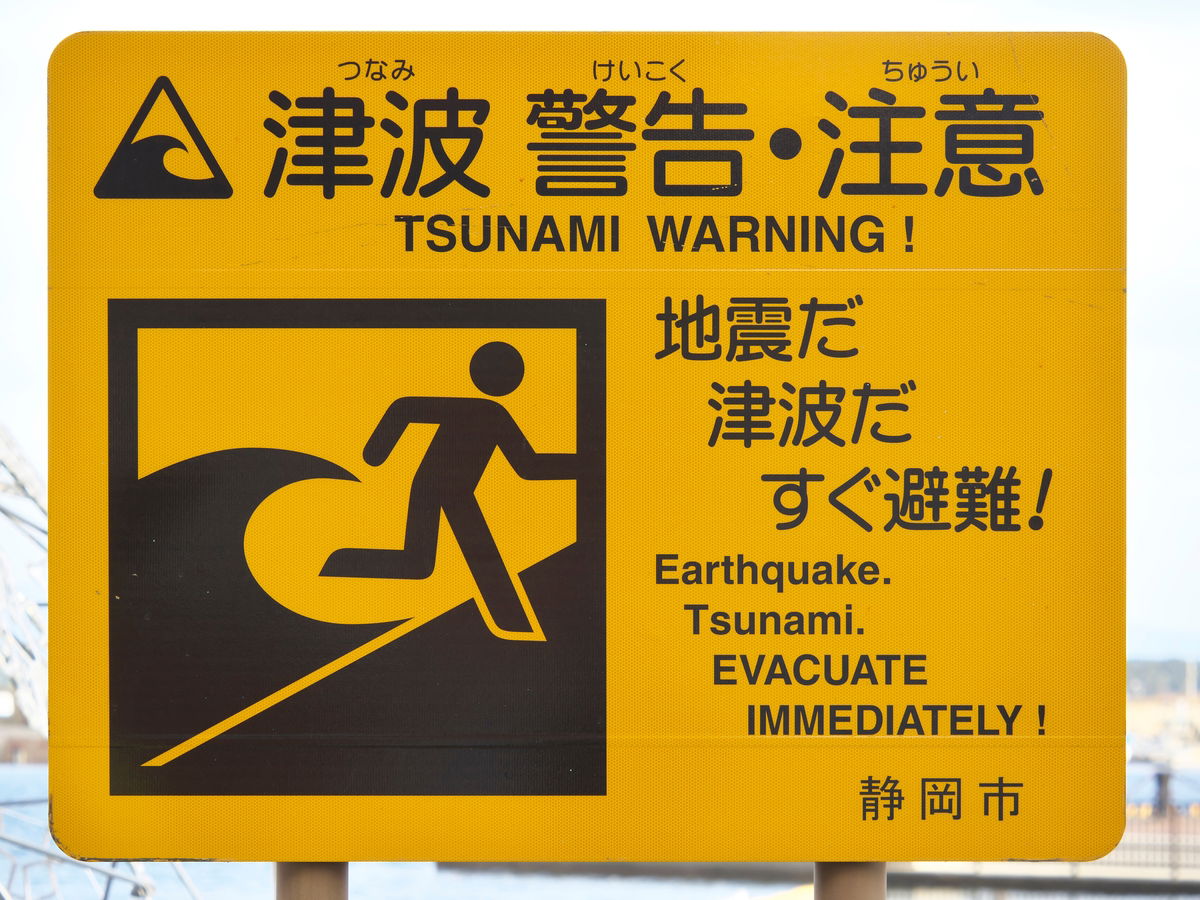On Sunday night (Japan time), a magnitude 6.7 earthquake occurred off the coast of Sanriku in the Pacific Ocean, and the Japan Meteorological Agency (JMA) has issued a tsunami advisory for Iwate Prefecture in northeastern Honshu.
The earthquake, which occurred at around 5:03 p.m. local time (Japan time) at a shallow depth of about 10 kilometers, was observed as a seismic intensity 4 in Morioka City and Yahaba Town in Iwate Prefecture, and Wakuya Town in neighboring Miyagi Prefecture.
Local residents evacuated from coastal areas
The Japan Meteorological Agency warned that a 1-meter-high tsunami could hit along Iwate Prefecture’s coastline, urging residents to immediately evacuate coastal areas and move to higher ground, away from beaches, waterways and the sea. Immediately, small tsunami waves measuring 20 centimeters were observed at Kuji and Ofunato ports in Iwate Prefecture, as well as 70 kilometers off the coast. Public broadcaster NHK reported that there were no abnormalities at nearby nuclear facilities, including Tohoku Electric Power’s Onagawa nuclear power plant.
The Tohoku Shinkansen was temporarily suspended between Sendai and Shin-Aomori due to a brief power outage, but no major damage or human casualties have been reported so far. The event followed a series of small foreshocks in the area earlier in the day.
The seismically active area, which is part of the Pacific Ring of Fire, remains sensitive after the devastating 2011 Tohoku earthquake and tsunami. Officials continue to closely monitor the situation and the advisory remained in effect as of late Sunday night.
Since the Tohoku disaster in 2011, Japan has faced two notable tsunamis. On November 22, 2016, a magnitude 7.4 earthquake occurred off the coast of Fukushima, generating waves of up to 1.4 meters in Sendai, causing the first major warning since 2011, and although there were no fatalities, there were minor injuries. The most devastating one occurred on January 1, 2024, when the magnitude 7.5 Noto Peninsula earthquake caused a run-up height of more than 11 meters, inundated 370 hectares, and caused two drownings, out of a total of more than 240 deaths. Since 2011, we have not experienced a tsunami that exceeded 5 meters or caused widespread loss of life, thanks to improved seawalls, prompt warnings, and public training.








